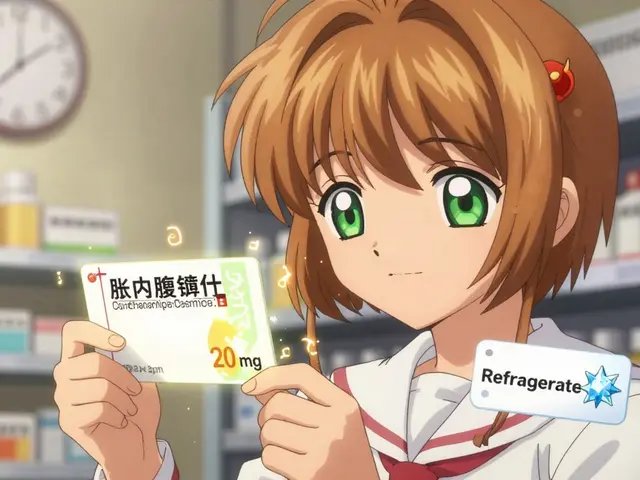Lenalidomide — What it is, how it helps, and what to watch for
Lenalidomide (often known by the brand name Revlimid) is a strong oral cancer drug used mainly for multiple myeloma, certain myelodysplastic syndromes (MDS), and some lymphomas. It can shrink disease and help blood counts, but it also requires careful safety checks. If you or someone you care for is starting lenalidomide, here's a clear, no-nonsense guide to what to expect and how to stay safe.
How lenalidomide works and what it's used for
Lenalidomide works several ways: it changes how the immune system reacts to cancer, lowers blood vessel support for tumors, and directly affects cancer cell growth. Doctors commonly use it in combination with other drugs for multiple myeloma, as daily therapy for MDS with deletion 5q, and sometimes for certain lymphoma types. The exact dose and schedule depend on the disease, prior treatments, and kidney function—so your prescriber will tailor it to your situation.
Safety, monitoring, and practical tips
Lenalidomide can cause low blood counts (low white cells or platelets), blood clots, and severe birth defects if taken during pregnancy. That’s why patients must be registered in a safety program (the Revlimid REMS in many countries) with strict pregnancy testing and contraception rules. Before you start, expect baseline blood work and pregnancy tests if applicable. During treatment, regular CBCs and periodic kidney checks are typical—at first weekly or every two weeks, then less often if stable.
Watch for warning signs: fever, sudden shortness of breath, new or worsening swelling in a leg, unusual bruising, or signs of infection. Those can point to low counts or blood clots and need quick medical attention. Your doctor may prescribe a blood thinner if your clot risk is high. Also avoid live vaccines while on lenalidomide and tell any provider you see that you’re taking it.
Practical tips that make day-to-day life easier: take lenalidomide at the same time each day, with or without food as your prescriber advises. Keep the pills in the original container and out of reach of children. If you miss a dose, follow the exact guidance from your care team—don’t double up unless instructed. Because kidneys clear the drug, dosing often needs lowering for reduced kidney function—always report changes in urine, swelling, or new fatigue.
Drug interactions worth mentioning: lenalidomide raises clot risk, so combining it with erythropoiesis-stimulating agents or other clot-promoting therapies may need extra monitoring or preventive blood thinners. It’s not a major CYP enzyme drug, but always review all medicines and supplements with your pharmacist or oncologist.
If you have questions about side effects, safety steps, or what to expect from treatment, ask your care team. Lenalidomide can be very effective, but it works best when you and your medical team watch for problems and act quickly when they appear.
The use of lenalidomide in the treatment of primary central nervous system lymphoma
In my recent research, I've found that lenalidomide, an immunomodulatory drug, is gaining recognition for its role in treating primary central nervous system lymphoma. This is a rare but aggressive type of non-Hodgkin lymphoma, which is notoriously difficult to treat. Lenalidomide shows promising results due to its ability to cross the blood-brain barrier, a common challenge in treating brain diseases. It also has fewer side effects compared to traditional chemotherapy. However, more in-depth studies are needed to fully understand the drug's long-term efficacy and safety.






